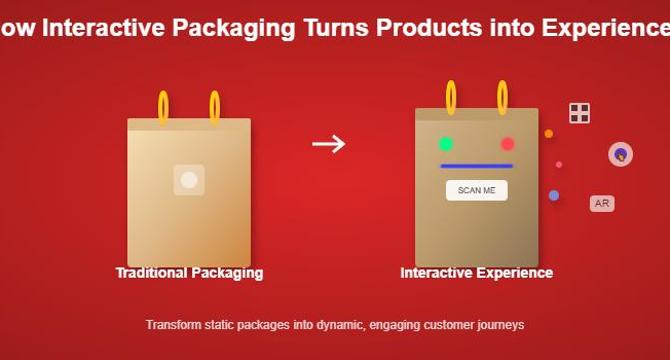Designbeep
1w
4

Image Credit: Designbeep
More Than a Box: How Interactive Packaging Turns Products into Experiences
- Interactive packaging transforms products into experiences by engaging customers through various means like QR codes, NFC chips, and AR-enabled features.
- It goes beyond passive protection to offer entertainment, education, and utility, fostering stronger connections and brand recall.
- Benefits of interactive packaging include increased brand loyalty, user-generated content, website traffic, and valuable customer data.
- Different types of interactive packaging include smart technology, gamification, sustainability prompts, personalization, and hidden messages.
- While commonly used in food packaging, interactive designs are now popular in sectors such as cosmetics, fashion, and tech.
- Thoughtful design is crucial for successful interactive packaging, ensuring seamless user experience and alignment with brand objectives.
- Challenges like cost, technical issues, and overcomplication need to be addressed to maximize the effectiveness of interactive packaging.
- Successful interactive packaging should reflect brand values, enhance consumer journeys, and provide relevant experiences that extend the brand's story.
- Future trends in interactive packaging may involve AI-generated experiences, live content, and connectivity with wearables and smart home devices.
- The core focus of interactive packaging remains building connections that transcend the product, creating lasting impressions and customer engagement.
Read Full Article
Like
For uninterrupted reading, download the app